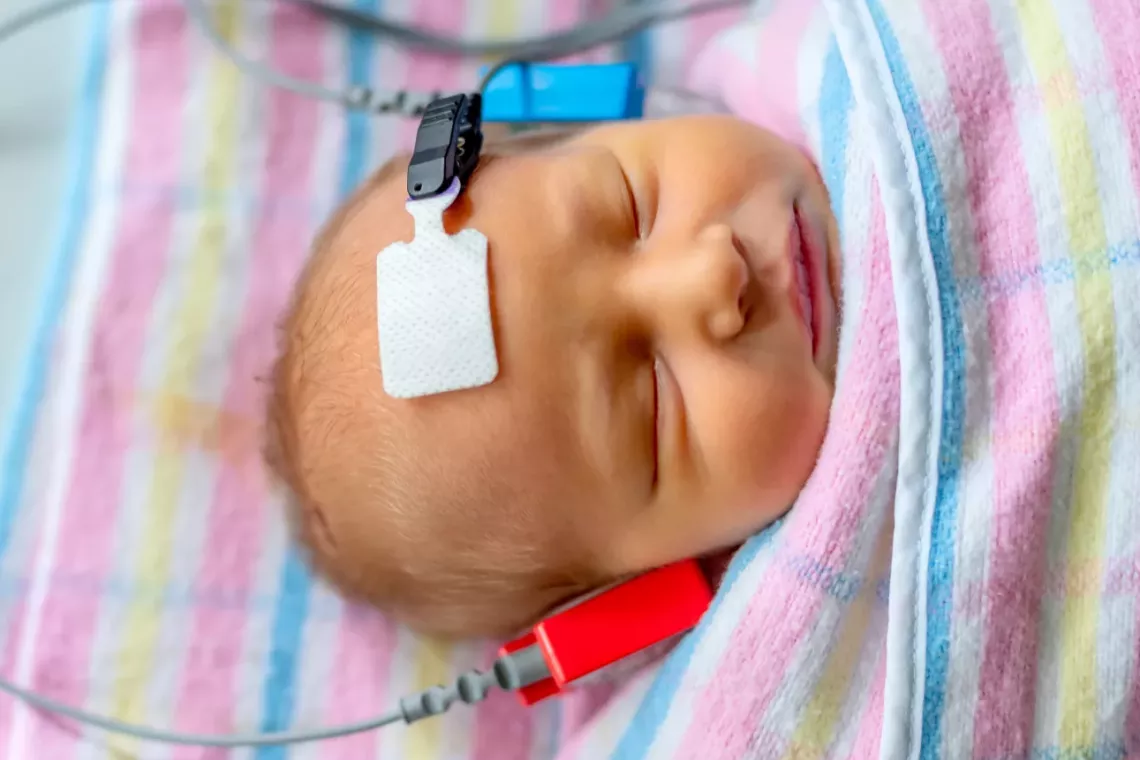Rural Hospital Closures Create More Distance Between Residents and Care
Rural hospitals provide essential health care to both rural and nearby urban communities, including COVID-19 treatment and services. Yet, more than 100 rural hospitals closed from January 2013 to February 2020. While this number may seem small, it’s having a big impact on the communities that those hospitals served.
In today’s WatchBlog, we look at our new report on how rural hospital closures have increased over the last decade and how those closures affect residents’ access to health care services.
Reduced access to health care services
Rural hospital closures may reduce residents’ access to care in several ways. For example, in our December report, we found that counties with rural hospital closures generally had fewer health care professionals. In 2012, the median number of all physicians in counties with hospital closures was 71.2 per 100,000 residents, compared to 87.5 per 100,000 residents in counties without closures.
This could mean that fewer physicians are available to provide care—such as emergency care for illnesses like COVID-19—to residents in these communities.
We also found that after a rural hospital closed, residents had to travel farther to get the same health care services—about 20 miles farther for common services like inpatient care. Residents had to travel even farther—about 40 miles—for less common services like alcohol or drug abuse treatment at other hospitals, as the graphic below illustrates.
Residents had to travel farther to get health care services after rural hospitals closed in their areas.
Rural hospital closures and COVID-19
While it may be too soon to determine the effects of the COVID-19 pandemic on rural hospital closures, it’s easy to imagine how these closures could affect residents who need treatment for COVID-19. For example, as described above, residents are having to travel farther to receive certain health care services as a result of hospital closures.
In a November 2020 report, we described how—as a result of COVID-19—behavioral health experts expected increases in substance use, mental health disorders, and suicides. Some experts said that these increases are likely to persist after the risk from COVID-19 has decreased. For residents living in areas with a rural hospital closure, it could mean (again) that they will need to travel as much as 40 miles farther to receive these less common treatment services.
Prior to the pandemic, many rural hospitals that closed appeared to be financially distressed in the years leading up to their eventual closure. Research shows that COVID-19 may cause financial burdens for the remaining open rural hospitals. For example, one study shows that rural hospitals may be more financially stressed during the COVID-19 pandemic, as most are operating with a small amount of cash. Specifically, rural hospitals had enough cash on hand to operate a median of less than 80 days without additional revenue.
To learn more about how rural hospital closures have affected residents’ access to health care, tune into our podcast with GAO’s Greg Giusto:
GAO Contacts
Related Products

GAO's mission is to provide Congress with fact-based, nonpartisan information that can help improve federal government performance and ensure accountability for the benefit of the American people. GAO launched its WatchBlog in January, 2014, as part of its continuing effort to reach its audiences—Congress and the American people—where they are currently looking for information.
The blog format allows GAO to provide a little more context about its work than it can offer on its other social media platforms. Posts will tie GAO work to current events and the news; show how GAO’s work is affecting agencies or legislation; highlight reports, testimonies, and issue areas where GAO does work; and provide information about GAO itself, among other things.
Please send any feedback on GAO's WatchBlog to blog@gao.gov.





